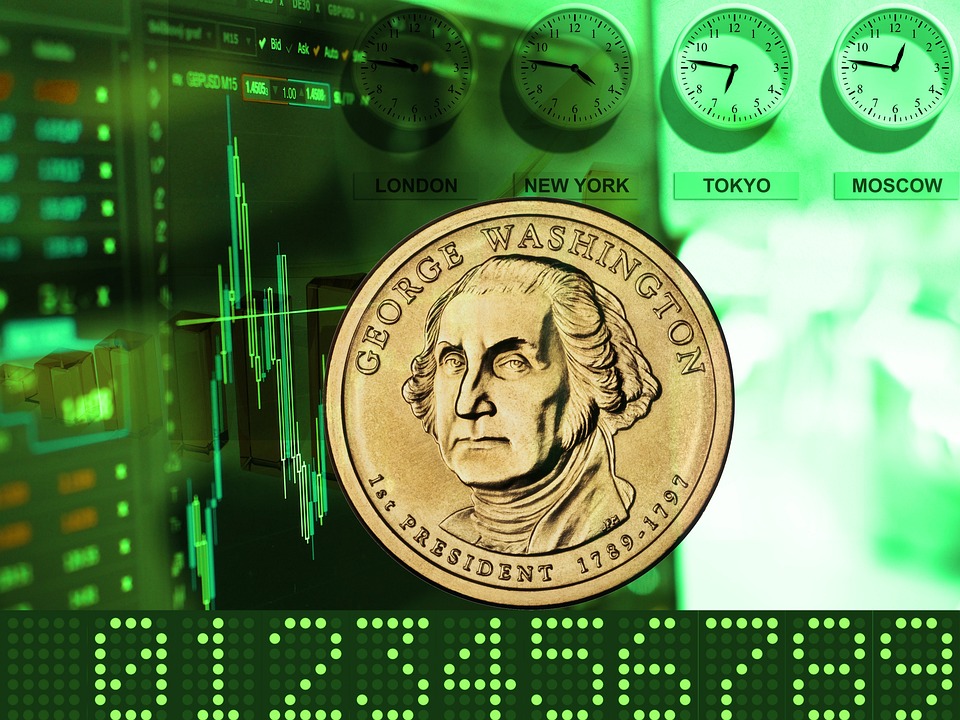Mastering Index Futures: Strategies to Maximize Profits in Trading
Index futures trading can offer lucrative opportunities for investors to profit from the movements of various market indices. These derivatives allow traders to speculate on the future direction of the stock market, providing the potential to generate significant returns. However, it is crucial to understand the strategies and techniques involved in index futures trading to effectively maximize profits. In this article, we will explore some key strategies and guidelines to enhance your trading skills in index futures.
1. Understanding Index Futures
Before diving into strategies, it is essential to grasp the basic concepts of index futures. An index future is a contract based on the value of a specific stock market index, such as the S&P 500 or the Dow Jones Industrial Average. These futures contracts enable traders to speculate on the future value of the index without owning the underlying assets. Profits are made by correctly predicting the index’s direction, whether it will rise or fall.
2. Analyzing Market Trends
To succeed in index futures trading, understanding market trends is crucial. Investors need to analyze various technical indicators, such as moving averages, trendlines, and chart patterns, to identify potential entry and exit points. Combining technical analysis with fundamental analysis, which involves analyzing economic data and news events, can provide a comprehensive view of the market. By being aware of long-term trends and market sentiment, traders can make informed decisions and maximize profit potentials.
3. Risk Management
Effective risk management is vital when trading index futures. Setting proper stop-loss levels and profit targets before entering a trade can help limit potential losses and protect profits. Implementing proper leverage and allocating a reasonable portion of your trading capital to each trade can also minimize risks. By employing a disciplined risk management approach, traders can protect themselves from substantial losses and ensure long-term success.
4. Choosing the Right Index
There are numerous indices available for trading, each representing a different sector or market segment. Traders should carefully select the index futures that align with their trading strategy and objectives. It is essential to understand the characteristics and behavior of the chosen index, such as its liquidity, volatility, and correlation with other indices. Additionally, choosing widely recognized and actively traded indices can provide better trading opportunities with tighter spreads and higher liquidity.
5. Implementing Trading Strategies
Various trading strategies can be employed when trading index futures. Here we will discuss a few popular ones:
a. Trend following: This strategy involves identifying the prevailing market trend and trading in the same direction. Traders can use moving averages or trendline breaks to determine trend reversals and enter trades accordingly.
b. Breakout trading: This strategy involves identifying key support or resistance levels and entering trades when the price breaks out of these levels. Breakouts can lead to significant price movements, offering profit opportunities.
c. Mean reversion: This strategy assumes that prices will eventually revert to their average value. Traders using this strategy look for overextended movements and enter trades with the expectation of a reversal to the mean.
d. News-based trading: Traders who use this strategy capitalize on significant news events and their impact on the market indices. By staying informed about economic releases, corporate announcements, and geopolitical events, traders can take advantage of short-term price movements caused by the news.
FAQs on Mastering Index Futures
Q: What is the minimum capital required to start trading index futures?
A: The minimum capital requirement may vary depending on the brokerage firm and the specific contract being traded. However, it is recommended to have sufficient capital to accommodate potential losses and meet margin requirements, generally ranging from a few thousand to tens of thousands of dollars.
Q: What are the main risks associated with index futures trading?
A: Index futures trading involves risks, including potential loss of capital, market volatility, and unforeseen events. Traders should be prepared to manage these risks through proper risk management techniques and by staying informed about market conditions.
Q: Is it necessary to have prior trading experience to trade index futures?
A: While prior trading experience is beneficial, it is not a strict requirement. However, gaining knowledge through education, practicing with virtual trading platforms, and seeking guidance from experienced traders can significantly improve your chances of success.
Q: Can I trade index futures outside regular market hours?
A: Generally, index futures trading follows regular market hours, but some exchanges offer extended trading hours. It is advisable to check the trading hours of the specific index futures you intend to trade.
In conclusion, mastering index futures trading requires a combination of technical and fundamental analysis, effective risk management, and the implementation of appropriate trading strategies. By understanding market trends, selecting the right index futures, and employing proper risk management techniques, traders can maximize their profit potentials and succeed in this exciting field of trading.




